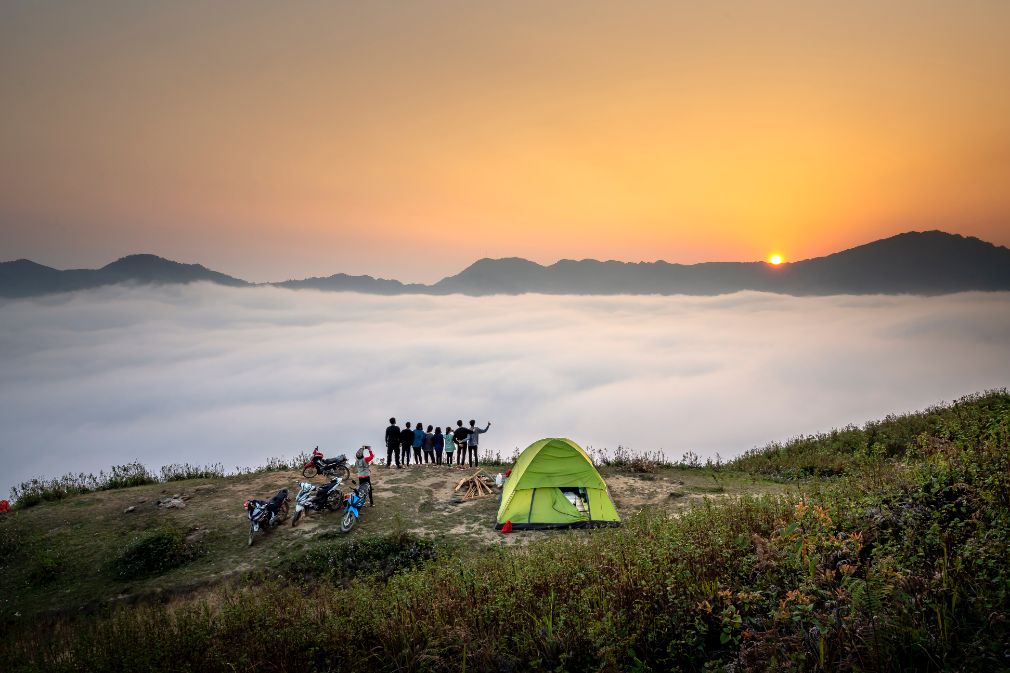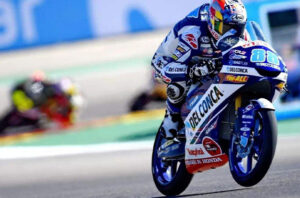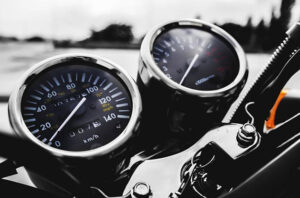Everything you need to know about camping on a motorbike is provided here.
There is no better way to enjoy a ride on two wheels than to include a star-studded night in your travel plans. Motorcycle camping is a personal experience that ups the thrill level of the journey.
We’ll go over some equipment and suggestions for camping on a motorbike, from practical advice to bare minimum requirements. Let’s get you started on the road to fantastic camping on a motorbike trip.
Before You Go Camping on a Motorbike
Before you go camping on a motorbike, you should consider these things below:
Know Your Bike in & Out
Start by becoming familiar with your bike and at the very least the fundamentals of maintenance, though the more you know the better. Examine the tires first, then the oil, the brake and clutch fluids, and the controls, making sure that everything is adjusted properly.
Simply having your clutch and brake levers in the most comfortable position while sitting and standing can make a ride much more enjoyable. Learn to work on motorcycles as well, focusing on the fundamentals like changing a tire tube or, if you have tubeless rims, plugging a tire.
Invest in Good Gear for Riding & Camping
Don’t skimp on quality camping or riding equipment. For serious adventure rides, waterproof, breathable protective clothing—including a jacket, pants, and boots—is a necessity.
A high-quality tent and sleeping bag are essential for comfort while camping. Your energy levels and ability to ride or explore the next day will both improve the more comfortably you sleep.
Don’t Overpack, But Remember the Essentials
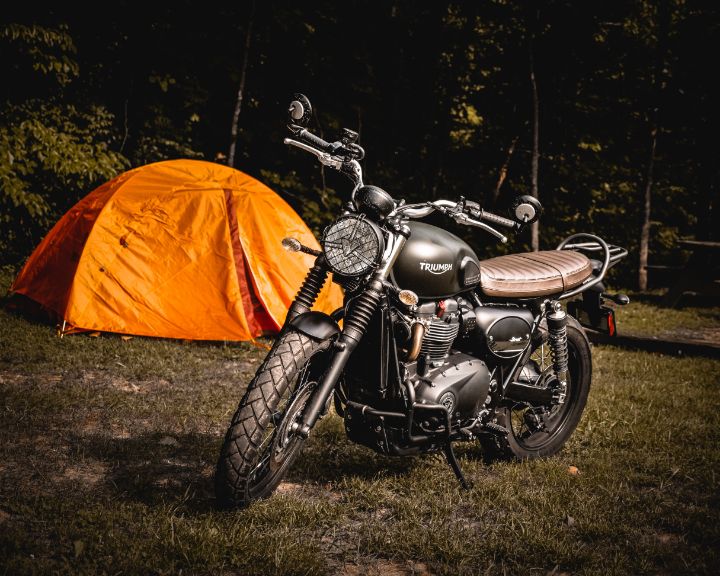
Again, the secret to hassle-free camping on a motorbike trip is being proactive. When you’re packing, take a seat and picture your day of getting up, riding, setting up camp, and sleeping.
Think like “I began the day brushing my teeth and washing my face and hands” to “I need to charge my phone at night”.
Then make the list, which should include all toiletries, TP, solar chargers, camp shorts, camp shoes, cooking utensils, food, etc. Then consider the practical requirements, such as a Swiss Army knife or Leatherman, first aid kit, headlamp, hand sanitizer, and ground cloth for under the tent, if necessary (a simple PV-coated nylon tarp will do!).
Pack Your Motorcycle Correctly
Whether using hard or soft bags, try to pack your items so that the heaviest ones are closest to the center of gravity. Keep items together, such as a sleeping bag and clothes or a tent and tools, and make sure the bags are weighted evenly.
We always store an extra bungee cargo net in our vehicle. They can hold anything in place and are useful when something needs to be secured quickly.
Choose Your Type of Camping on a Motorbike
You can make camping on a motorbike as easy or as difficult as you like. So let’s begin by comprehending the various camping environments.
Dispersed Camping
Motorcycle camping that is dispersed or basic will probably be your preferred camping style if you are an experienced off-road rider or camper looking to spend a night out in the wilderness. Dispersed camping is usually very basic, with no access to water, electricity, or restrooms.
This kind of camping is frequently practiced on public lands, such as those overseen by the U.S. and the Bureau of Land Management (BLM). When dispersed camping on a motorcycle, you’ll need to understand the principles of Leave No Trace and be self-sufficient.
Established Campgrounds
An established campground is the most typical type of campsite used for camping on a motorbike. All types of motorcycles can usually access these. Depending on where you are, amenities will change.
These campsites occasionally have hot showers, electric hookups, and fire rings. Others might only provide potable water and vault toilets. Plan ahead because established campgrounds often require reservations weeks or months in advance.
Glamping
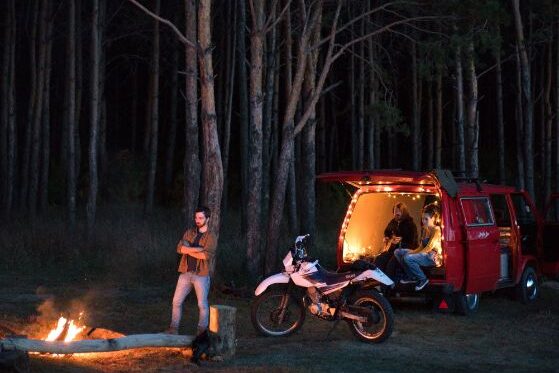
Glamping could be a great option if you’re looking for a weekend getaway with some friends who want to get away from the city but don’t want to deal with the hassle of packing up the bikes and setting up camp.
Even though there won’t be as much pressure to satisfy everyone’s desires for camping, you’ll still get to enjoy a ride on two wheels and a night spent under the stars. A yurt, teepee, or even a small cabin could be used as a place to stay while glamping.
If these things aren’t already included, you usually only need to bring a sleeping bag or some other form of bedding.
Park Your Bike and Give It a Once Over
Determine where to park the bike so that it is out of the way, just as you would when laying on the ground for the most comfort while sleeping. The reasons for this are security from others in the backcountry, and not having to scramble around at night if your steed is in the way of the perfect place to set up a fire pit.
We advise giving the bike a quick once-over before setting up the tent, checking for visible leaks, low tire pressure, or anything else that might endanger the safety of the ride and the next day’s ride.
Utilize the bike to your advantage while riding, such as a place to hang gear. Before putting your gear away for the night, it’s a good idea to check it for any bugs (especially ticks if you’re in an area where ticks are common) and let it dry.
Plan Your Trip
It’s helpful to have a route planned in advance, including alternate routes, whether you’re planning a weeklong trip or a quick overnighter. I factor gas stations, side trips, and meals into my route planning and daily schedule. Planning these stops aids in my comprehension of the amount of time required to travel from my starting point to my destination.
Cooking Food at Camp
Some people enjoy a lot of the experience of camping by preparing their own food. You should pick a camp kitchen setup that works best for you whether you just want to roast marshmallows with your friends, reheat a can of soup, or prepare a full meal over the fire.
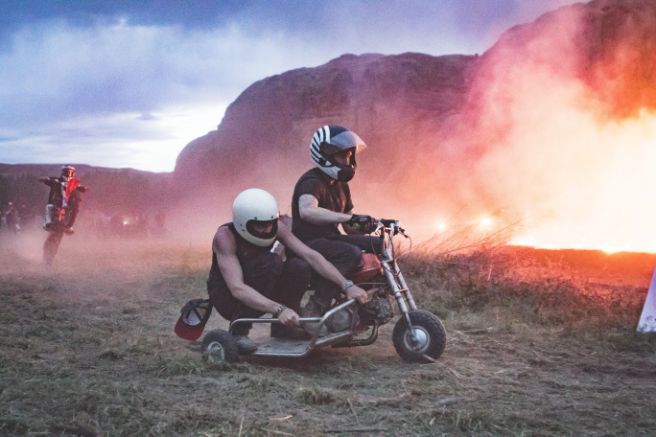
I like to keep things easy, so I pack a Jetboil stove system and utensils for quick meal preparation and cleanup. I always bring at least 4 liters of water as well. Remember that if you plan to camp in a dispersed location, you might only have limited access to clean water and might need to bring a filtration system.
Motorcycle camping can expose you to the elements and wildlife more so than camping in a car, van, or other hard-sided vehicles. It’s critical to follow Leave No Trace guidelines and to be aware that odors might draw unwelcome furry guests. Food should be properly stored, and no scented items should be brought inside your tent.
Keep Pests & Animals Away
Let’s begin with those bothersome little insects. They have the potential to ruin a camping trip just as quickly as a flat tire can ruin an enjoyable ride. Proactivity is crucial, to reiterate.
An effective bug spray is your first line of defense. The best option is a water-repellent spray, particularly in the presence of moisture. There are many essential oil combinations that function just as well as DEET if you prefer something natural.
Speaking of water, avoid it once more! You are already aware that it is improper to set up a tent close to a body of water. The simple answer is that mosquitoes require water to survive. But let’s delve a little deeper. Mosquitoes typically lay their eggs in moist environments, and the resulting larvae develop in water.
The screens on your tent should also be kept zippered shut because even a single mosquito, ant, or other pests can abruptly wake you up from a sound sleep. Additionally, try to position the zippers so that they close the screen’s topmost portion; even a tiny opening will allow tiny ground-dwelling insects to enter.
Conclusion: How to Camp on a Motorbike?
You will adore the amazing experience of adventure camping on a motorbike. As you practice, it gets significantly simpler.
The first guideline for a minimalist camping setup is to be ruthless, as was stated at the beginning of this post. Make your own camping on a motorbike checklist, and only keep the necessities.
our kit and gear will reduce and compress as you soon realize what you can live without, you’ll set up faster, cook better, learn new outdoor skills, will be able to spot what feels right and where to camp more easily, and will be more comfortable in nature.
